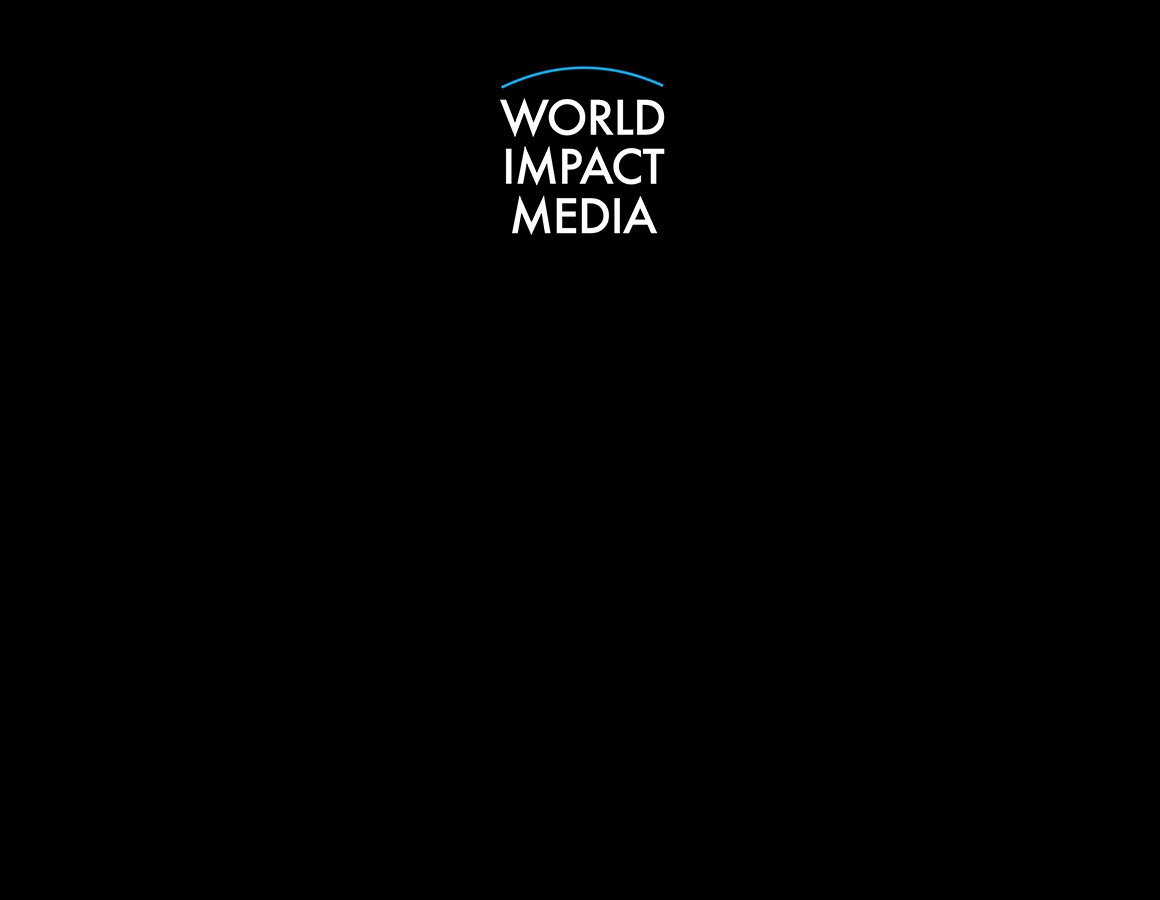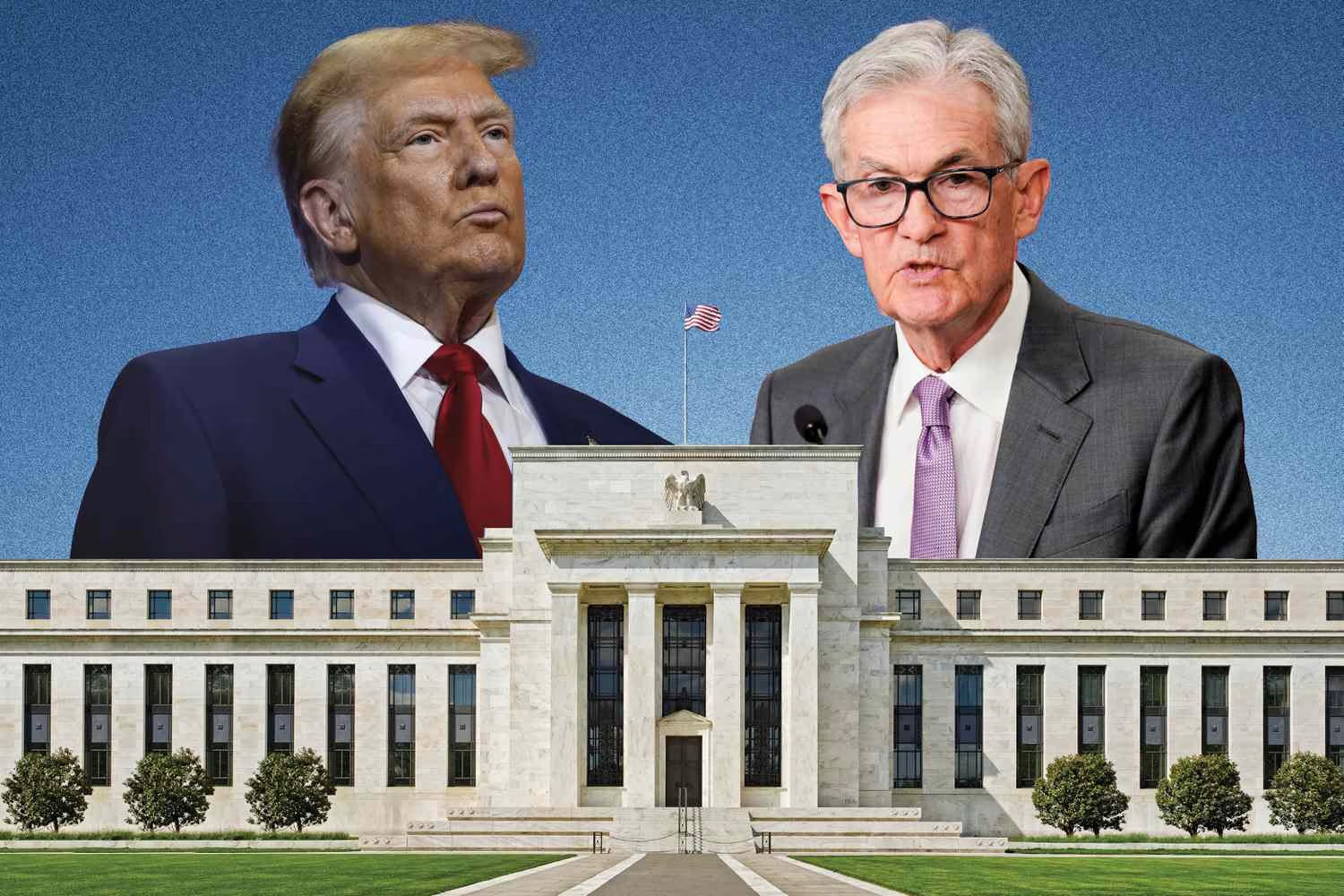In recent years, OnlyFans has emerged as a popular platform where creators can monetize their content through subscriptions, offering exclusive access to a variety of personal or often provocative content. At its core, it is remarkably similar to Instagram — both are social platforms that prioritize visual content and engagement. However, OnlyFans differentiates itself in significant ways, primarily through its monetization model and the type of content that often finds success on the platform. But the question remains: Is OnlyFans just Instagram with fewer clothes, or does it represent a new form of content creation and consumer interaction?
1. Monetization and Exclusivity: The Core Difference
Unlike Instagram, where users share content for free and are often compensated through advertising or brand deals, OnlyFans allows creators to directly charge subscribers for access to their content. The subscription model makes it significantly more lucrative for those with dedicated fanbases. The platform operates on a pay-per-view system where creators can set subscription fees, and earn extra money through tips, private messages, or special posts.
Instagram’s business model revolves around algorithmic exposure, influencing influencers to gain followers to eventually monetize via brands or collaborations. In contrast, OnlyFans creators can directly monetize their content from day one, creating a clearer financial incentive for users.
2. Content Freedom
While Instagram enforces certain content guidelines that restrict explicit imagery and nudity, OnlyFans does not have such limitations. Creators are free to post a wider range of content, including adult material, which is a significant departure from Instagram’s more sanitized and brand-friendly approach. This shift provides a more explicit space for content creators but also introduces the issue of content regulation and potential exploitation.
3. Similar Visual Appeal
When you strip away the subscription model, the content on both platforms can often feel indistinguishable. Both Instagram and OnlyFans center around visual storytelling—selfies, lifestyle shots, or aesthetically curated photos. Influencers on both platforms rely heavily on engaging visuals to build their personal brands, and many users who are active on both are often posting similar types of photos, just with a slight difference in the tone and setting. The only real differentiator is the level of accessibility, and in the case of OnlyFans, the ability to view more intimate content.
4. Celebrity Influence
Both platforms thrive on the allure of celebrity. On Instagram, users follow high-profile personalities, athletes, and actors, receiving curated glimpses into their lives. Similarly, celebrities have flocked to OnlyFans to share exclusive content directly with fans. In fact, some celebrities have found significant success on the platform, fueling its popularity. While Instagram users often share polished, brand-approved content, OnlyFans creators enjoy more leeway in producing content that’s entirely personal and directly monetized.
5. Branding and Marketing: More Intimate, Less Structured
Instagram is a highly polished, heavily curated space, where many influencers and brands focus on presenting a perfect image. OnlyFans, however, allows creators to offer a rawer, more personal connection with their audience. The platform encourages more intimate interactions—fans can chat directly with creators, request specific content, and feel more involved in the creator’s world. In this sense, OnlyFans allows for a level of consumer-brand interaction that Instagram does not inherently prioritize.
6. Impact on Creators: The Cash Flow Dynamics
For creators, Instagram may bring in brand deals or sponsorships, but OnlyFans generates a steady stream of income through consistent subscription payments. This more predictable and transparent model has made it an appealing platform for those seeking to take their content creation more seriously. The platform allows for the potential of larger cash flows due to its subscription fees, making it easier for creators to earn a living.
7. The Power of Exclusivity
Unlike Instagram, where nearly everything is available to all followers, OnlyFans capitalizes on exclusivity. The content creators on the platform can share their behind-the-scenes moments or intimate photos that aren’t available anywhere else. This sense of exclusivity is a huge draw for fans who crave a deeper connection with their favorite influencers or creators. This feeling of being a part of something special is also a key difference between the two platforms.
8. Subscription Fatigue: The Price of Access
While Instagram is free to use, OnlyFans charges a subscription fee that can range from a few dollars to hundreds depending on the creator’s popularity. While this may seem like a reasonable price for exclusive content, it also points to a shift in how social media is monetized. Many users might hesitate to pay for content they could get for free on Instagram, leading to a more complex market where creators must continuously generate new and engaging content to maintain their subscribers.
9. Ethical Concerns: The Dark Side
Both Instagram and OnlyFans have faced scrutiny for the impact they have on their users. On Instagram, the pressure to curate a perfect life and promote unrealistic beauty standards has been criticized. On OnlyFans, the freedom to create adult content raises ethical questions about exploitation, content regulation, and the potential for coercion.
Creators on both platforms face the challenges of managing their personal boundaries and safety while engaging with their audience. With OnlyFans, creators may face more intense pressures to keep their subscribers happy, especially since the platform is highly reliant on maintaining their fanbase to keep up income streams.
10. The Future of Both Platforms: Where Do They Go from Here?
As Instagram continues to evolve, it has introduced some monetization features, including the ability to accept tips or sell content directly through the platform. However, it remains more of a branding and visibility tool than a direct revenue model. On the other hand, OnlyFans continues to capitalize on its niche—offering creators a space to turn their content into direct income, often bypassing traditional advertising models.
The future of both platforms depends largely on the evolving landscape of digital content consumption and how users perceive value in content. If Instagram moves closer to an OnlyFans-style model with greater freedom for creators, the lines between the two platforms could blur even more.
Conclusion
At the end of the day, OnlyFans and Instagram might share a similar structure of visual-based content creation, but the way they monetize and the type of engagement they offer is starkly different. OnlyFans allows for a level of intimacy and direct compensation that Instagram’s largely advertising-driven model cannot provide. While both platforms have their strengths and weaknesses, the core similarity remains: they are fundamentally altering the way content is consumed, produced, and paid for in the digital age.
















